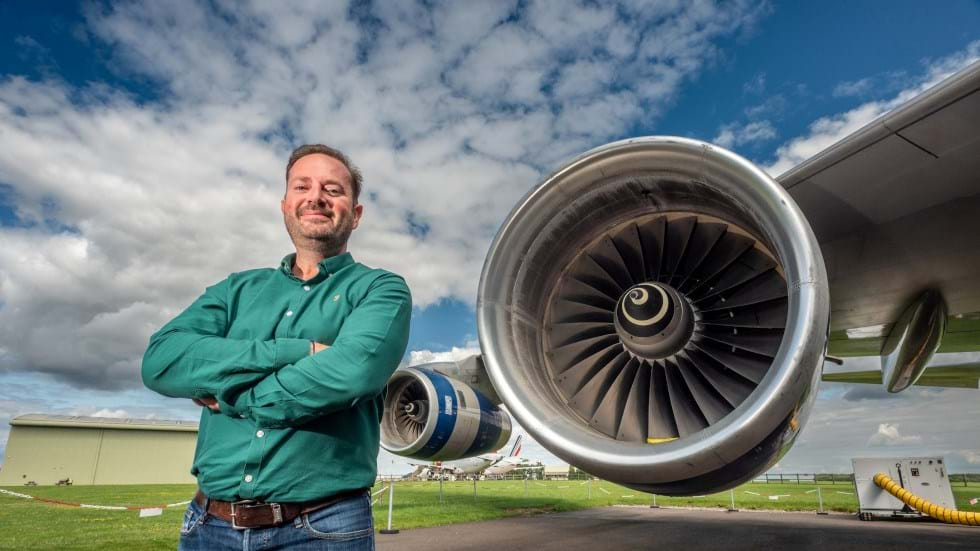Wizz and poo: airline signs US$1bn deal to buy jet fuel made from human waste

YOUR flight abroad could one day be powered by human waste after a UK company announced plans to build a world-first facility that turns sewage sludge into sustainable aviation fuel (SAF).
Firefly Green Fuels has developed a hydrothermal liquefaction process that uses high pressure and heat to turn sewage sludge – that’s what’s left over once a wastewater treatment plant has processed human faeces – into crude oil. This can then be refined into aviation fuel.
The company has signed an agreement with Haltermann Carless, owner of a refinery site in Harwich where Firefly will build a pilot facility to prove the technology. It would then build a first-of-a-kind commercial-scale plant at the same site which could start commercial production in 2030.
The sludge for the pilot plant will be provided by Anglian Water. Process plant technology firm Chevron Lumus Global will provide the equipment for the refinery. And airline Wizz Air has signed an agreement to buy fuel from the commercial plant in a deal that would be worth almost US$1bn over 15 years.
“The signing of these agreements marks a significant leap forward in realising our ambitions to develop a sustainable SAF industry here in the UK,” remarked James Hygate, Firefly’s CEO. “Opening up this new sewage pathway will bring new jobs and growth to the UK, helping us to secure a greener and more prosperous future.”
Not an authorised route, yet
There are currently seven authorised processing routes to SAF that can be used to fuel planes but sewage sludge, an abundant waste feedstock, is not one of them. Firefly says its planned production facilities will be used to produce the quantities of fuel needed to help qualify its new route for these international standards. It can then compete against technologies such as Fischer-Tropsch that can turn agricultural waste into SAF and HEFA which produces it from fats and used cooking oil.
There is a keen demand for more sustainable aviation fuel as the industry wrestles with how it will become net zero by 2050. The International Air Transport Association (IATA) says that global volumes of SAF produced this year are expected to reach 1.5m t, five times the output in 2022.
Once its process is successfully scaled up, Firefly plans to build facilities across the UK at locations close to airports, pipeline terminals, and wastewater treatment plants.
Firefly says an independent study by Cranfield University found that its SAF could reduce emissions by 92% compared to aviation fuel produced from fossil feedstocks. It’s likely the sewage-to-SAF fuel would have to be blended with regular aviation fuel as present rules allow at most a 50% blend of fuel from fossil and sustainable sources.
Recent Editions
Catch up on the latest news, views and jobs from The Chemical Engineer. Below are the four latest issues. View a wider selection of the archive from within the Magazine section of this site.




